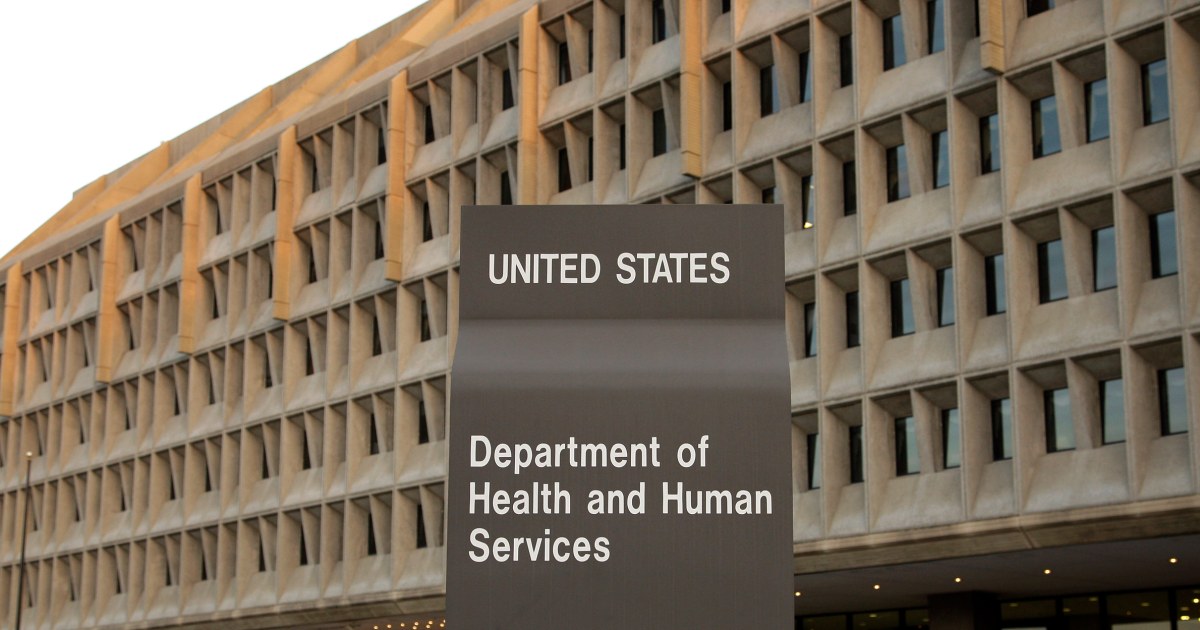
The Trump administration on Tuesday eliminated the entire staff of a federal program that helps low-income households pay for utility bills, sources said. The staff of 10 employees comprised only a fraction of the 10,000 layoffs included in Secretary Robert F. Kennedy Jr.
’s purge of the Department of Health and Human Services . But those who work closely with the Low Income Home Energy Assistance Program, or LIHEAP, now fear for its future. “Ultimately, I believe the program will crumble from within, without the federal office there to manage it,” said Andrew Germain, who served as director of fiscal operations and accountability for the Administration for Children and Families, the HHS division that leads dozens of programs from welfare assistance to child-abuse prevention.

Germain and his team were responsible for conducting oversight and providing technical assistance to such community services, including the LIHEAP program. He received an email from HHS around 5 a.m.
ET Tuesday morning informing him that he would be placed on administrative leave until June 2. The Office of Personnel Management requires federal employees be given a 60-day notice prior to the effective date of a reduction in force. A representative for the Department of Health and Human Services didn’t respond to a request for comment.
LIHEAP is widely seen as a lifeline for millions of low-income households struggling to cover home heating and cooling costs. Consumer advocates have for years called for additional funding to account for inflation and increasingly unpredictable swings in regional temperatures, which have caused an increase in air conditioning use in typically colder climates. Those requests for more funding have largely evaded Congress, limiting the extent of the aid.
Last year the program’s allocation was slashed to $4.1 billion from $6.1 billion the previous year.
While the majority of the most recent funding grant has been issued, approximately $400 million has yet to be distributed, sources said. “For the communities that need the funding and need the support of the federal office, they’re going to be without those resources,” said Germain. “You’re talking about individuals who rely on crisis assistance from the LIHEAP program to keep the power on, whether it be for a medical reason or some other potentially life threatening purpose.
” Mark Wolfe, executive director of the National Energy Directors Association (NEADA), which represents state LIHEAP directors who manage the program’s aid dollars, said “there was no warning” that the federal staff would be terminated. “You have to have some infrastructure in place to run these large programs,” he said. “This undermines the ability of the program to function.
” Last week, ahead of President Trump’s “Liberation Day,” NEADA projected utility bills spiking as much as 20% in some regions should tariffs on Canadian imports be included. In response to the mass firings of HHS employees, Rep. Rosa DeLauro, D-Conn.
, ranking member on the House Appropriations Committee and Labor, Health and Human Services, and Education Subcommittee said “Americans will die because of these senseless and irresponsible actions.” “Elon Musk and President Trump do not care about helping the middle class, working families, or the vulnerable,” she said. “They care only about paying for tax breaks for billionaires.
”.








_8.jpg?itok=wp-xhXRB)





